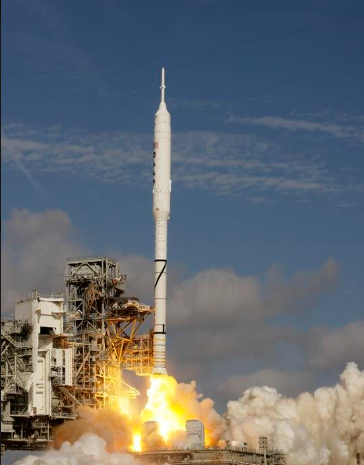
In the burgeoning space economy, the insurance market confronts unparalleled challenges, with underwriters growing increasingly anxious about the colossal risks posed by billion - dollar satellite collisions. At the heart of this concern lie the intricate pricing logics of orbit debris insurance and launch failure insurance, both of which have been profoundly shaped by NASA’s new space traffic management policies.
Orbit debris insurance pricing is determined by two pivotal elements: the probability of a collision and the potential cost of damage. The exponential growth in the number of active satellites and space debris has significantly heightened the likelihood of collisions. A prime example is the 2009 Iridium 33 and Cosmos 2251 collision, which generated over 2,000 pieces of trackable debris and underscored the real - world threat of the Kessler Syndrome—a scenario where a single impact could trigger a catastrophic chain reaction of further collisions. Insurers meticulously calculate premiums by assessing debris density in specific orbits, factoring in satellite maneuverability, and analyzing historical collision data. For high - value satellites operating in congested orbits, such as those in geostationary orbit, premiums can soar to 15 - 25% of the satellite’s insured value, reflecting the elevated risk. Additionally, satellites in lower Earth orbits (LEO), where the density of debris is rapidly increasing due to the deployment of large constellations like SpaceX's Starlink, also face substantial premium costs as the risk of accidental impacts remains a constant concern.

Launch failure insurance pricing is equally complex. Insurers take into account multiple variables, including the rocket’s reliability, technological complexity, and the track record of the launch provider. SpaceX’s revolutionary reusable rocket technology serves as a testament to how innovation can reshape risk perception. By reusing the first stage of its Falcon 9 rockets, SpaceX has achieved a remarkable reduction in launch failure probabilities, leading to a corresponding downward adjustment in premiums for its clients. In contrast, new entrants with unproven launch systems often face steep premiums, sometimes exceeding 30% of the satellite’s value. The cost of satellite replacement, encompassing manufacturing, integration, and the expense of a second launch attempt, also plays a decisive role in determining the final premium amount. For instance, if a satellite’s production cost is 500 million and the stimated cost of a second launch is 100 million, insurers will incorporate these figures into their calculations, ensuring that the premium adequately covers potential losses.

NASA’s new space traffic management policies have introduced a dual - edged sword to the insurance landscape. On one hand, the enhanced tracking and collision avoidance mandates aim to reduce the overall risk of orbital accidents, potentially paving the way for lower long - term premiums for orbit debris insurance. By compelling operators to maintain strict separation distances and share real - time orbital data, these policies create a more predictable risk environment. For example, the implementation of automated collision avoidance systems, as encouraged by the new policies, could significantly decrease the chances of accidental satellite collisions. On the other hand, the increased regulatory burden may inflate operational costs for space companies, which could then be passed on to insurers. The need to invest in advanced tracking technologies, comply with stringent reporting requirements, and conduct more frequent risk assessments all contribute to higher expenses. Moreover, as NASA’s policies are expected to spur a new wave of space activities, the influx of additional satellites could temporarily exacerbate orbital congestion and heighten risk perception, resulting in short - term premium hikes.
Underwriters now find themselves treading a fine line between accurate risk assessment and maintaining profitability in the space insurance market. For both insurers and space enterprises, a deep understanding of the evolving pricing logics and the implications of regulatory changes is essential for mitigating the financial perils associated with operating in the high - stakes realm of outer space. As the space economy continues to expand, the ability to navigate these complex dynamics will determine the success of stakeholders in this rapidly evolving industry.




